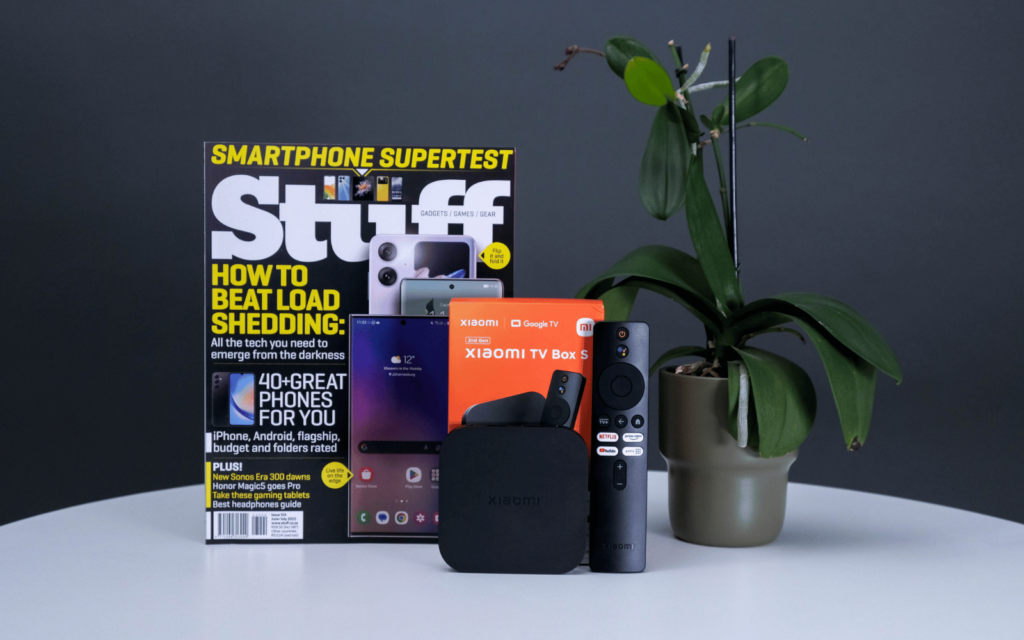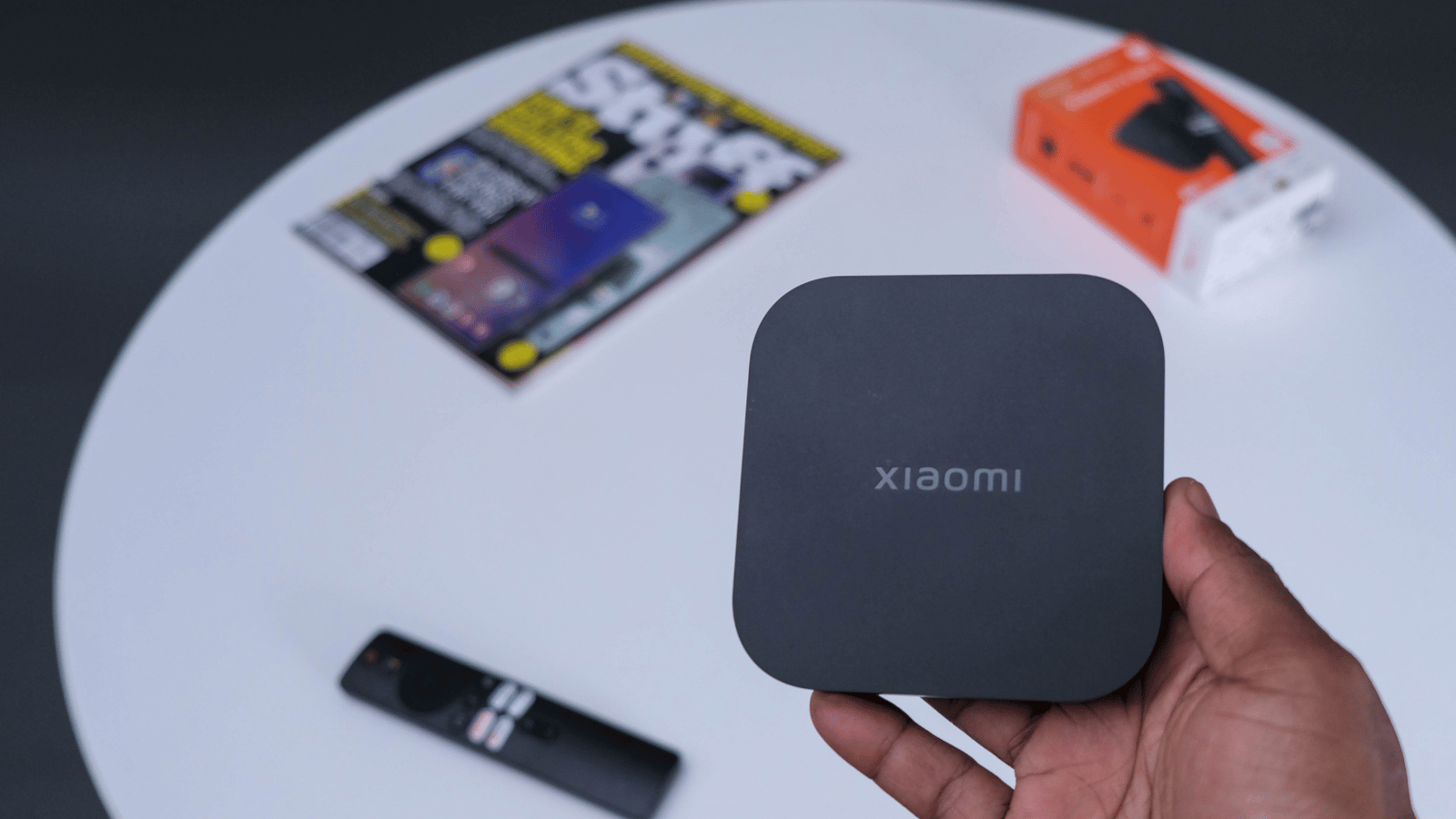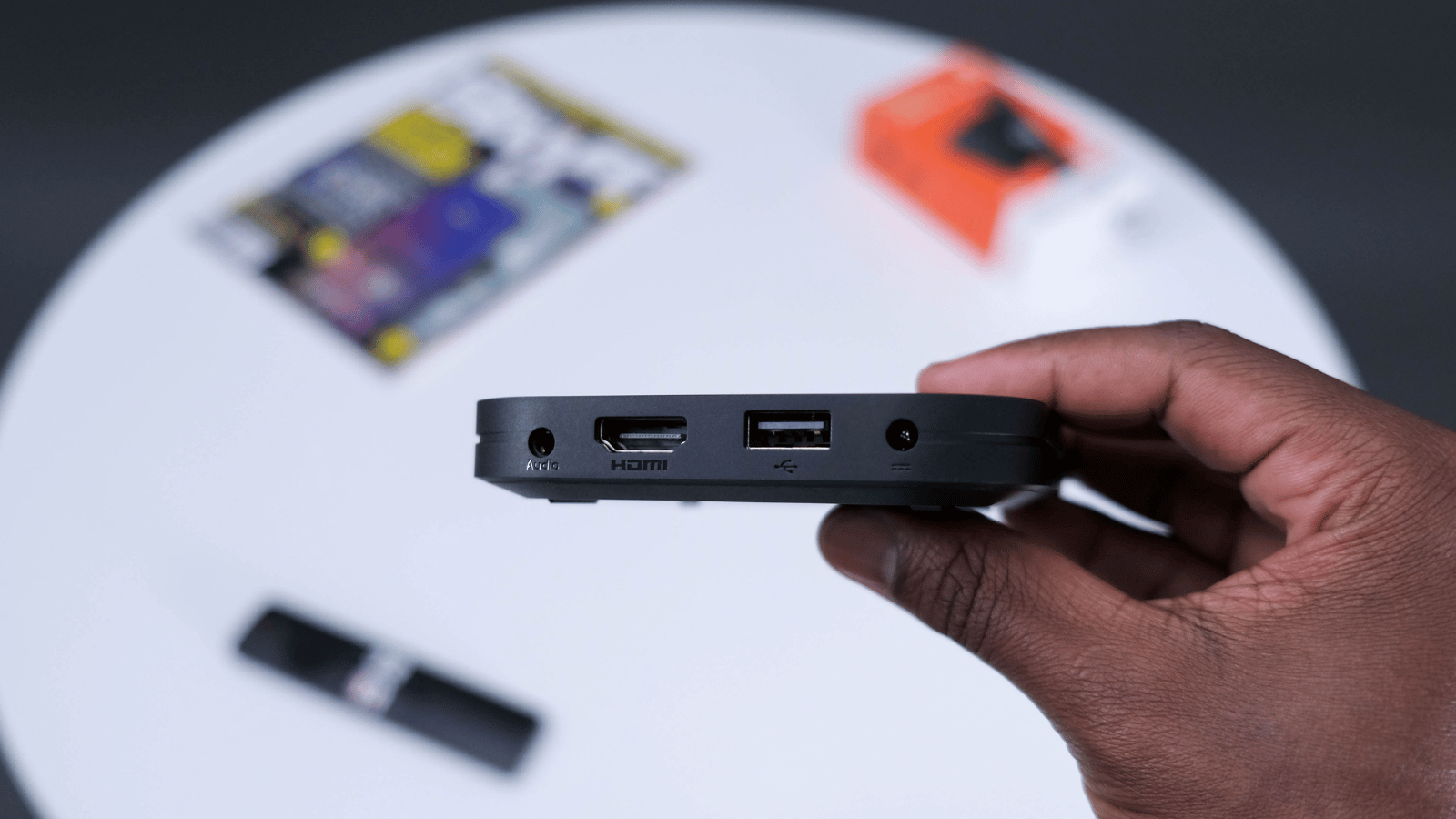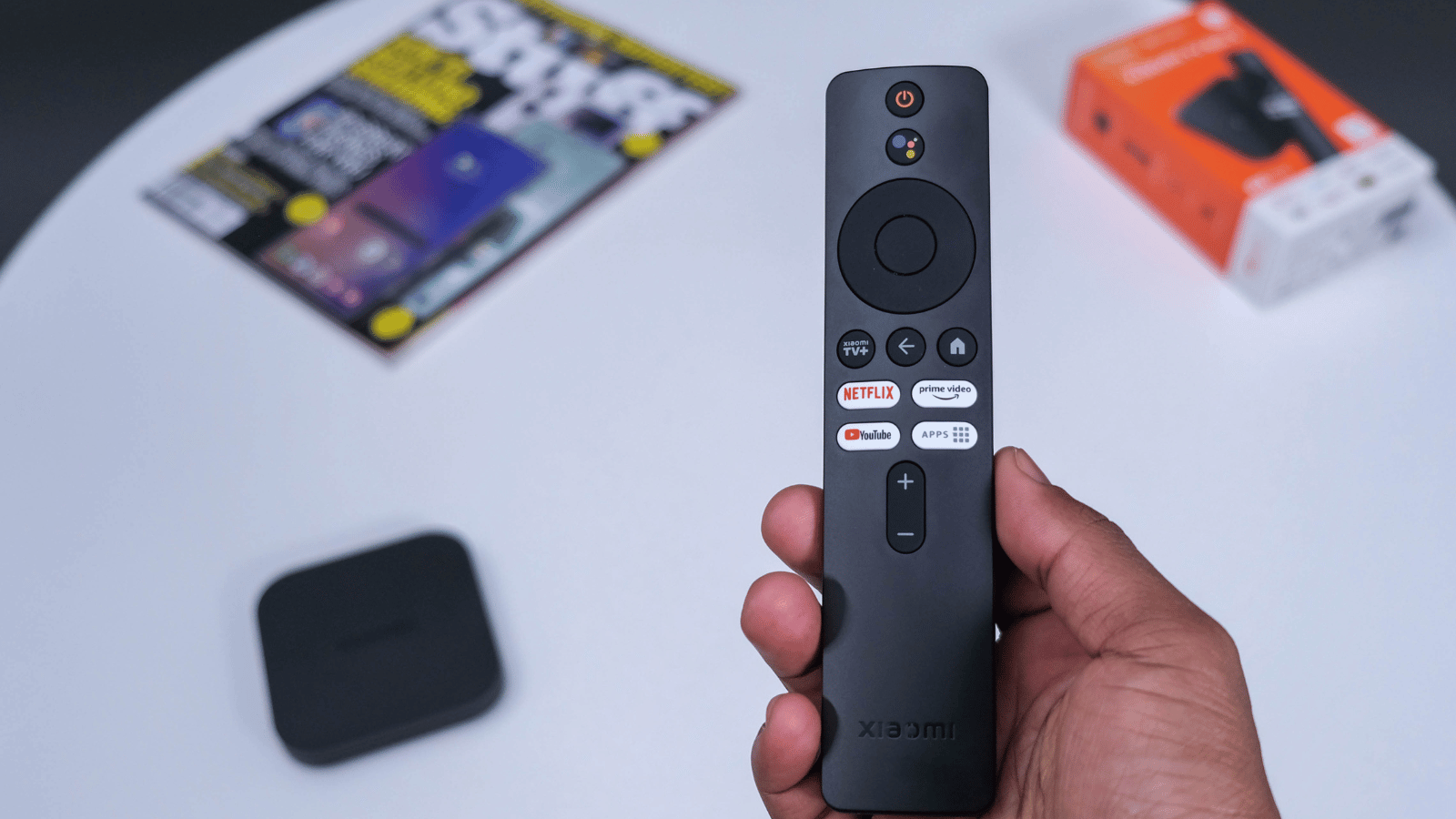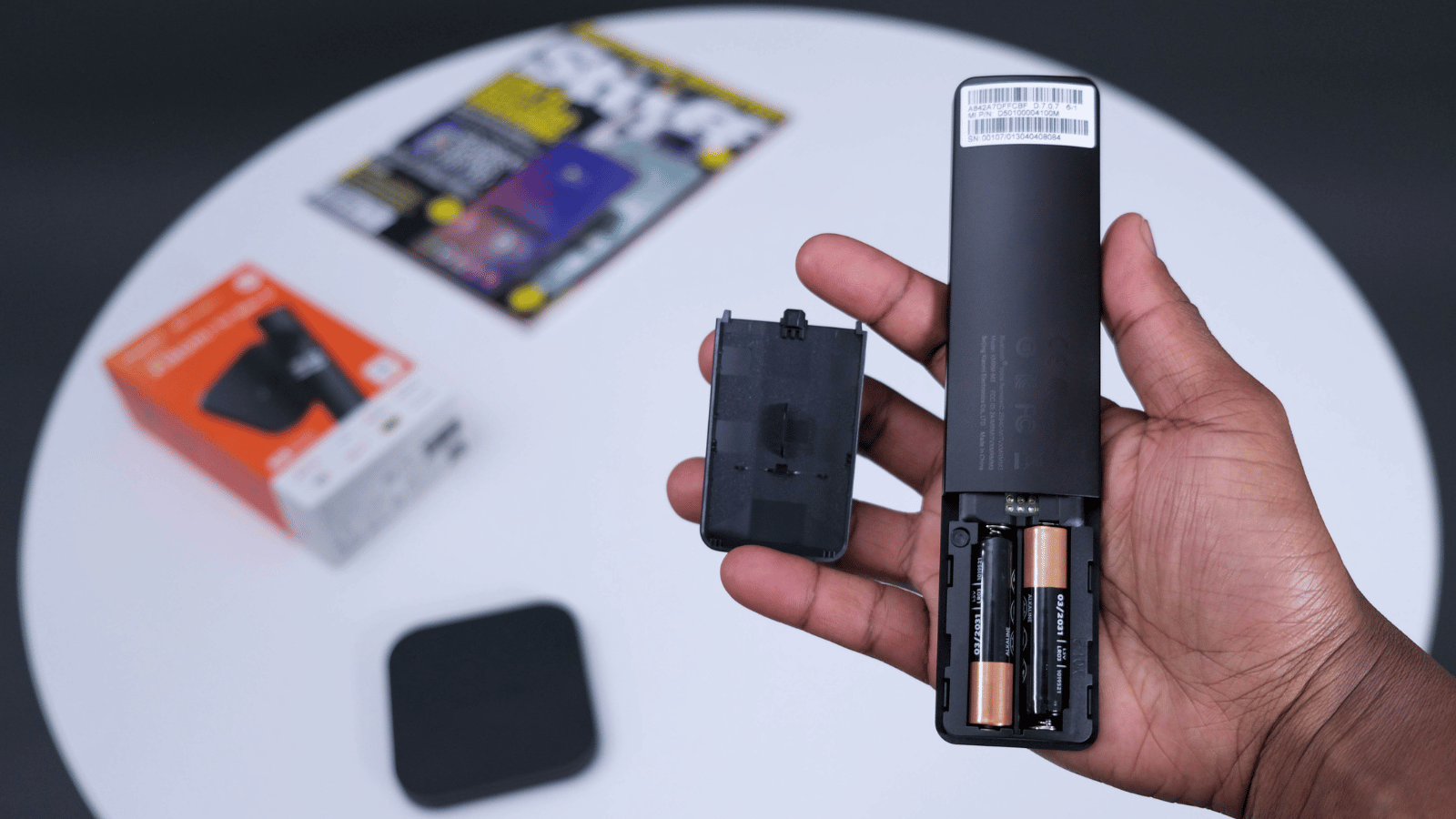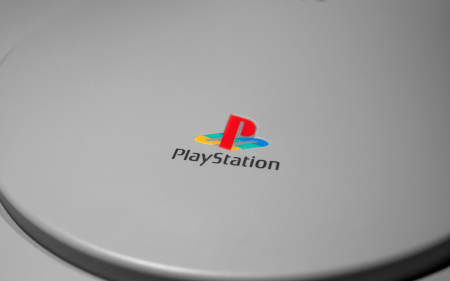Xiaomi's gone and done it again with the refreshed Xiaomi TV Box S - complete with a revised controller, a new Google-fied UI and a processor that makes navigating around the place a breeze. Unless you've got a capable TV to experience the addition of Dolby Vision and HDR10+, we'd recommend sticking with something a little less expensive.
-
Design
-
Performance
-
Controller
-
Price
-
UI
South Africa is obsessed with TV boxes. We’re… not sure why. It might have something to do with our failing economy coupled with a general lack of smart-enough TVs out here. Maybe it’s because Xiaomi’s first attempt at a full-on TV box was just too good to ignore. Whatever the case, Xiaomi’s gone and done it again with the Xiaomi TV Box S (2nd-gen).
If you were hoping for any drastic changes here, look elsewhere. Differences are slim and Xiaomi knows it. That’s why you’ll struggle to find the first iteration of the TV Box at stores that don’t deal in second-hand goods. This is, for all intents and purposes, a refresh of the brand’s TV box dreams, complete with a bigger and better processor, a slightly upgraded remote, and a new outlook on life.
Out of sight, out of mind
Even though this is a piece of equipment that’ll, in most cases, find its home under a TV and out of sight, Xiaomi’s kept the same sexy attire it adorned last time. What can we say? We’re a sucker for miniature black boxes. Should the occasion arise, we’d have no qualms about showing this off to our friends. We don’t see how (or why) such a situation would present itself, but it’s there in your back pocket should you need it.
It might not look it from the outside – you’ve got to first get past the garish orangeness of the box first – before revealing the sleek black box that somehow feels smaller than the last one despite the dimensions remaining the same. Maybe it’s the 5g of weight Xiaomi knocked off that’s throwing a spanner into our brains.
Otherwise, you’ll be hard-pressed to find any difference between the two. Not because the differences are minor, but because they don’t exist. It’s still coated in that same plastic that does a decent job of repelling fingerprints – a minor feature that we’re glad stuck around. We have just one problem where the design is concerned. Ok, fine. Two. Sue us. (Not you, Xiaomi.)
Our first we won’t harp on because it’s easily rectified with a piece of Prestik – like pretty much everything in a home. But would it have killed Xiaomi to stick some rubber feet on the bottom of this thing? It’s already done the hard part, including 4 plastic juts on the device’s bottom that do nothing to stop the forces of nature (AKA stiff cables) from having their way with the box.
The next issue, however, is a bit more difficult to forgive. Our biggest gripe with Xiaomi’s first box was the lack of a LAN port. Surely, we thought, it would present itself in some glorious fashion for the box’s second attempt. That, uh… didn’t work out. Xiaomi has opted to forego the LAN port (again), instead focusing on reducing that weight. By 5g. We’re hopeful that by the time the 3rd-gen rolls ‘round, Xioami will have learned its lesson.
Otherwise, it’s got pretty much everything you need. Flip it around, and you’ll see a bleak lineup involving a standard 3.5mm aux hole, an HDMI port (of the 2.1 variety), the power port, and a USB-A 2.0 that we can only assume is for some sort of hardware manipulation that’s beyond our realm of understanding. And pictures.
A new lease (and controller) on life
Next up is Xiaomi’s controller, which is probably still the best in the game. Unless we’re counting Apple’s overpriced piece of wizardry – which we aren’t – there isn’t much better out there. If there was a fault on the first-gen controller (and there was), it was that it only included two dedicated streamer buttons – Netflix and Prime. This time around, Xiaomi’s given us some more freedom, with three (that’s right, three!) dedicated streamers on the front. Those now include YouTube, and an extra fourth one to more quickly reach your apps. Because pressing the home button was such a hassle before.
Otherwise, everything is the same – and that’s a good thing. Don’t fix what isn’t broken, yadda yadda. It’s still got just the right amount of heft and easily-reachable buttons when you’re doing your best impression of a couch potato. But we do have some complaints.
Unfortunately, our first evening with Xiaomi’s second-genner was thwarted. Not by load shedding, as is usually the case, but by Xiaomi themselves. See, in Xiaomi’s haste to pump out a new one of these, they forgot to include a set of triple-A batteries in the box. Who still has triple-A batteries? As much as we wished we did that night, it’s just not how we roll. Just throw a USB-C charge port on the bottom and call it a day. There’s definitely enough width on the controller’s part to handle something like that.
Finally! A worthy difference
So far, we haven’t really shown you anything that warrants a ‘2nd-gen’ sticker to be affixed to the box. Sure, we like the newly improved controller and 5g is 5g (no matter the context). But the real differences come into play where the sun doesn’t shine: the internals.
Compared to the first-gen’s now-ancient hardware, the inclusion of a Quad-Core Cortex-A55 CPU and ARM Mali G31 MP2 GPU was immediately noticeable. It’s not that the first-gen was slow, but it did falter on occasion when things got a bit much. Don’t even get us started on typing. We’d be here all day if we did.
That’s pretty much all gone in the refreshed model. We were slightly disappointed when we saw that Xiaomi hadn’t updated the 2GB of DDR3 RAM, though that faded away once we started using it. It’s a nice perk to have, but one that’s not needed and helps keep the price down on Xiaomi’s end and thus, our end. Storage hasn’t seen a bump either, sticking to the 8GB of eMMC storage that is just as proficient now as it was back then.
This is still a 4K 60Hz affair, but Xiaomi’s added a few upgrades into the mix. There’s Dolby Vision and HDR10+ to think about – if you have a TV that supports them. We do, and it made the whole experience that much more pleasant.
Another update comes in the form of Bluetooth 5, which was something that the last-gen box was severely lacking. Connecting our headphones was easier – partly due to the box’s new UI – and because of the improved technology. We felt fewer stutters than before, and a connection was made every time we tried.
OK Google, chill

There’s an entirely new OS to play with here; Google TV (version 11). Google TV is still built on Android TV, which the first S Box included (8.1), to keep things familiar for returning users. It’s a much more modern take on the UI, with slicker Assistant controls, better-personalised recommendations, and a larger range of customisation for the home page than before.
As with any TV box that comes our way with Chromecast built-in, we hardly used it. It’s not our style. We gave it a go anyway (it is our job) and found that the connection was solidly speedy and didn’t give any connection troubles.
Besides the speedier navigation and all that stuff we mentioned above, we have to give it some credit for being one of the better-looking UIs we’ve seen in a minute. We weren’t all that fond of the Xiaomi TV+ and PatchWall apps that couldn’t be removed from the front page (but could be relegated to the back end of the row).
Xiaomi TV Box S 2nd Gen verdict
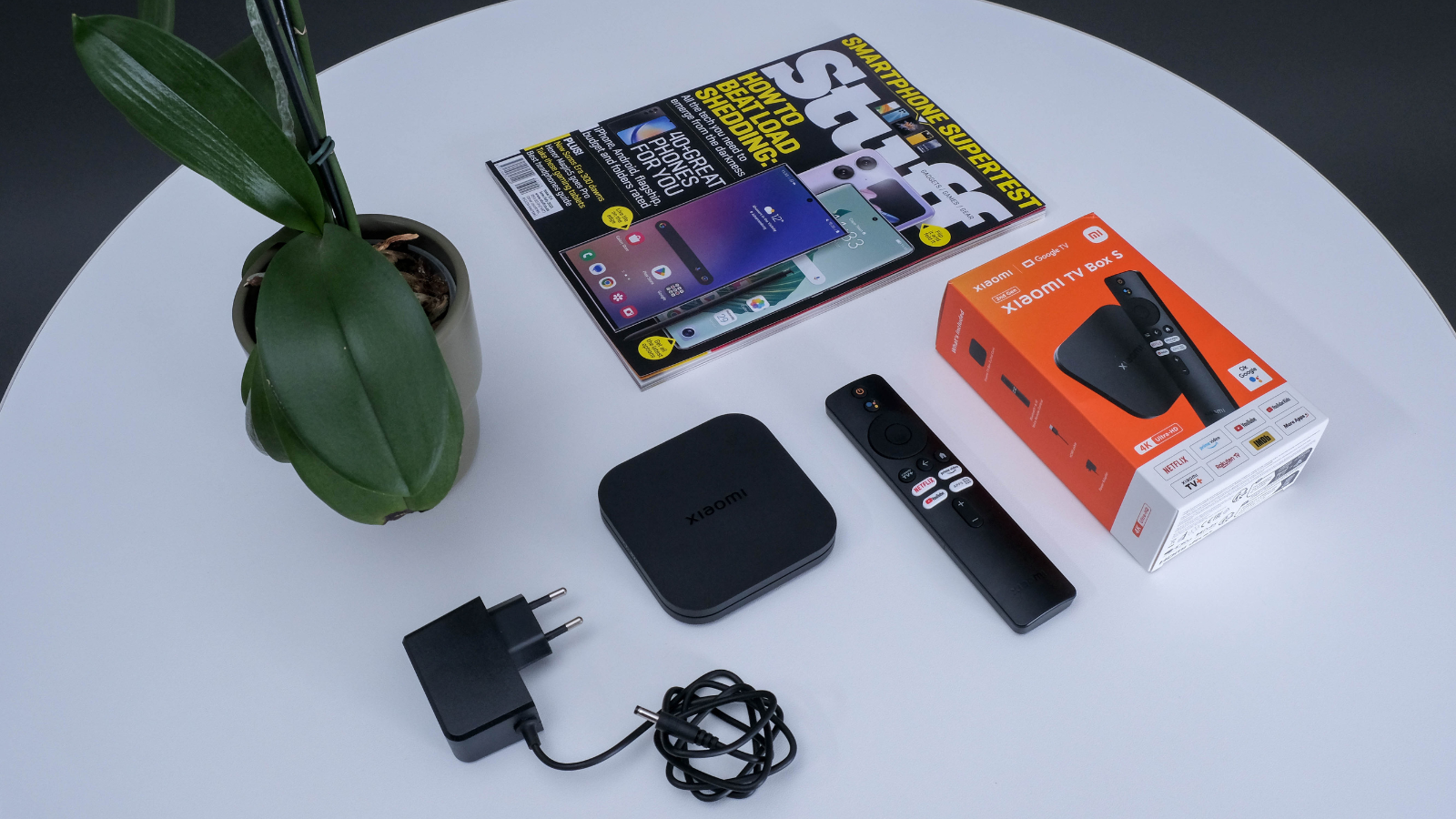
Whatever your feelings are about the first Xiaomi TV Box S, it’s hard to deny what a stunner this one is. It’s one of the fastest TV boxes we’ve yet used – again, not counting Apple’s largely-more expensive entries – and brings with it a small design that’s pretty enough to forget about the lack of a LAN port (if you try hard enough.)
With a price point of roughly R1,300 (though Xiaomi recommends a starting price of R1,200) it’s hard to ignore the company’s latest entry into the world of smart boxes. If, however, speedier navigation and Dolby Vision and HDR10+ support aren’t what you’re looking for in a box, we’d recommend sticking to something that’s cheaper than R1,000. Heck, Xiaomi’s TV stick is a good option.

